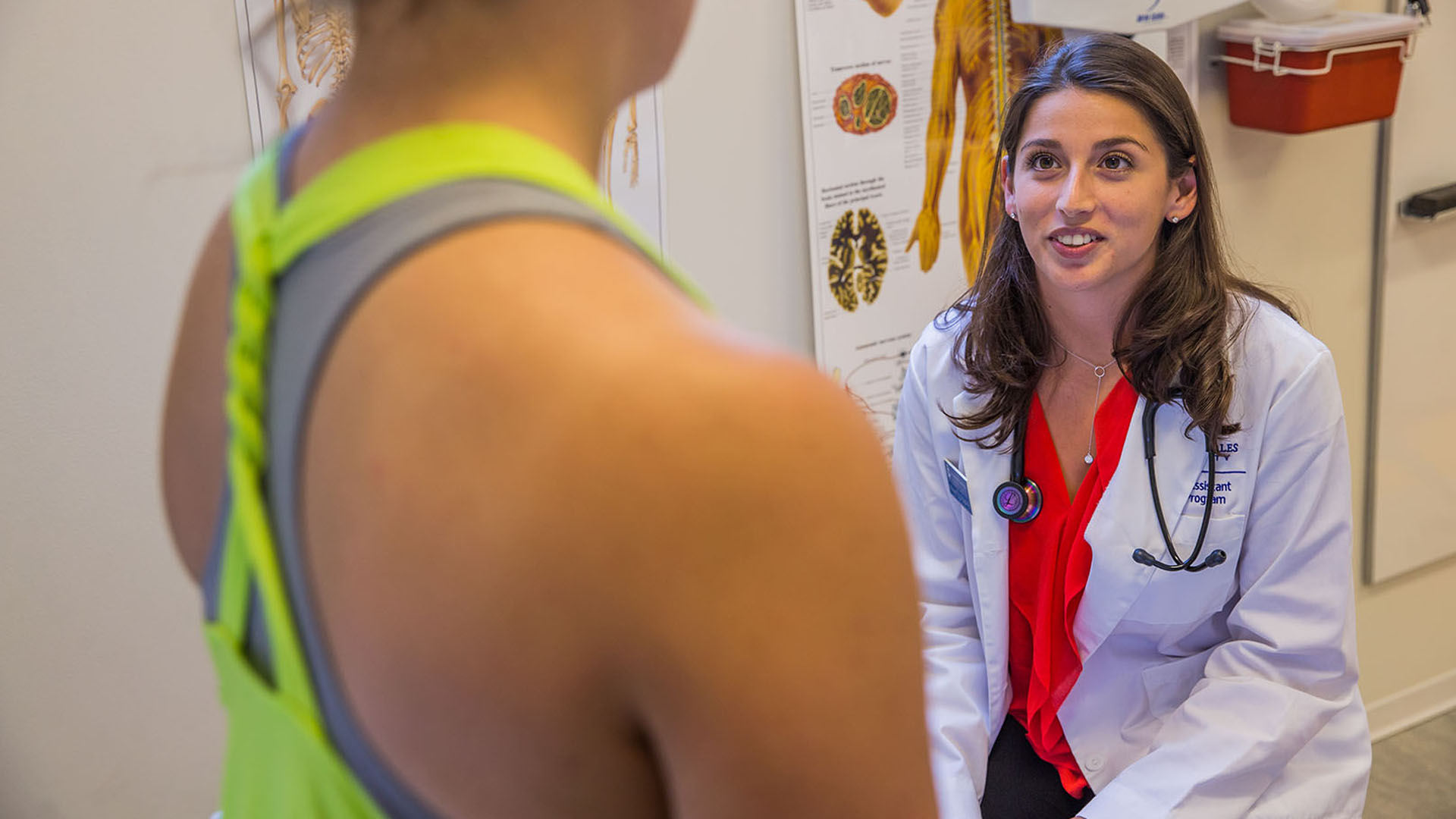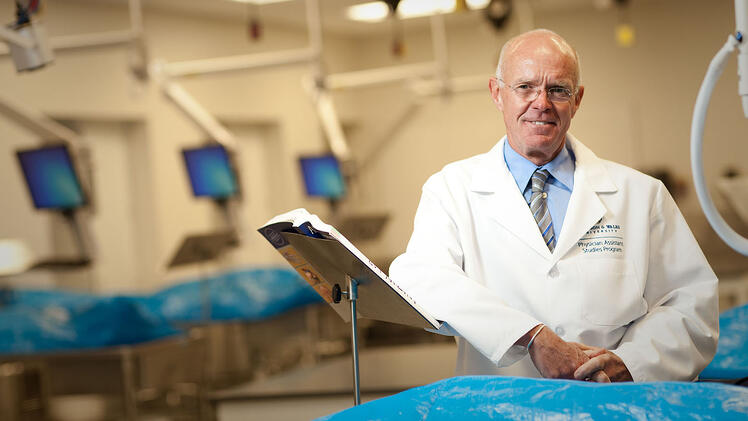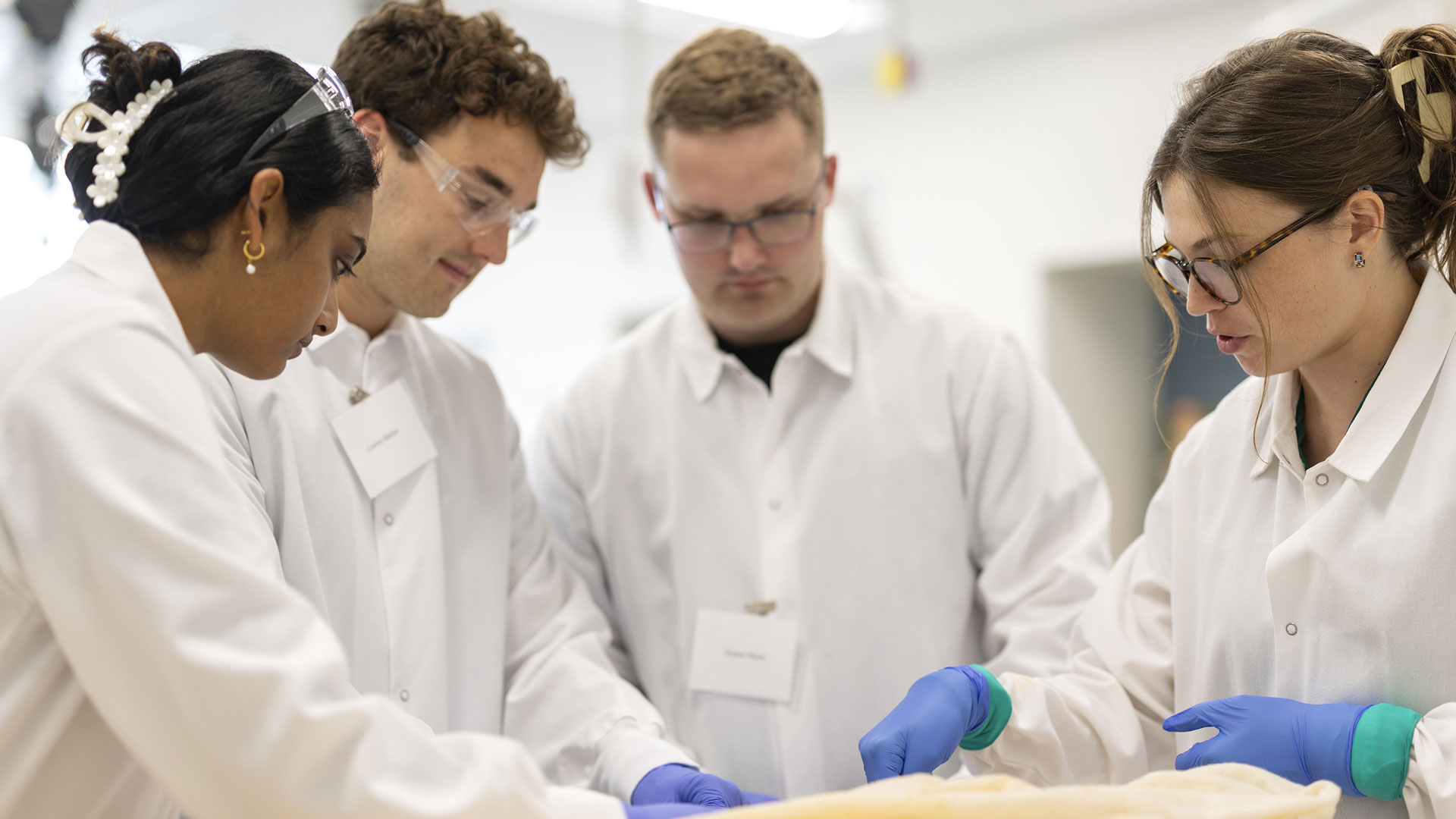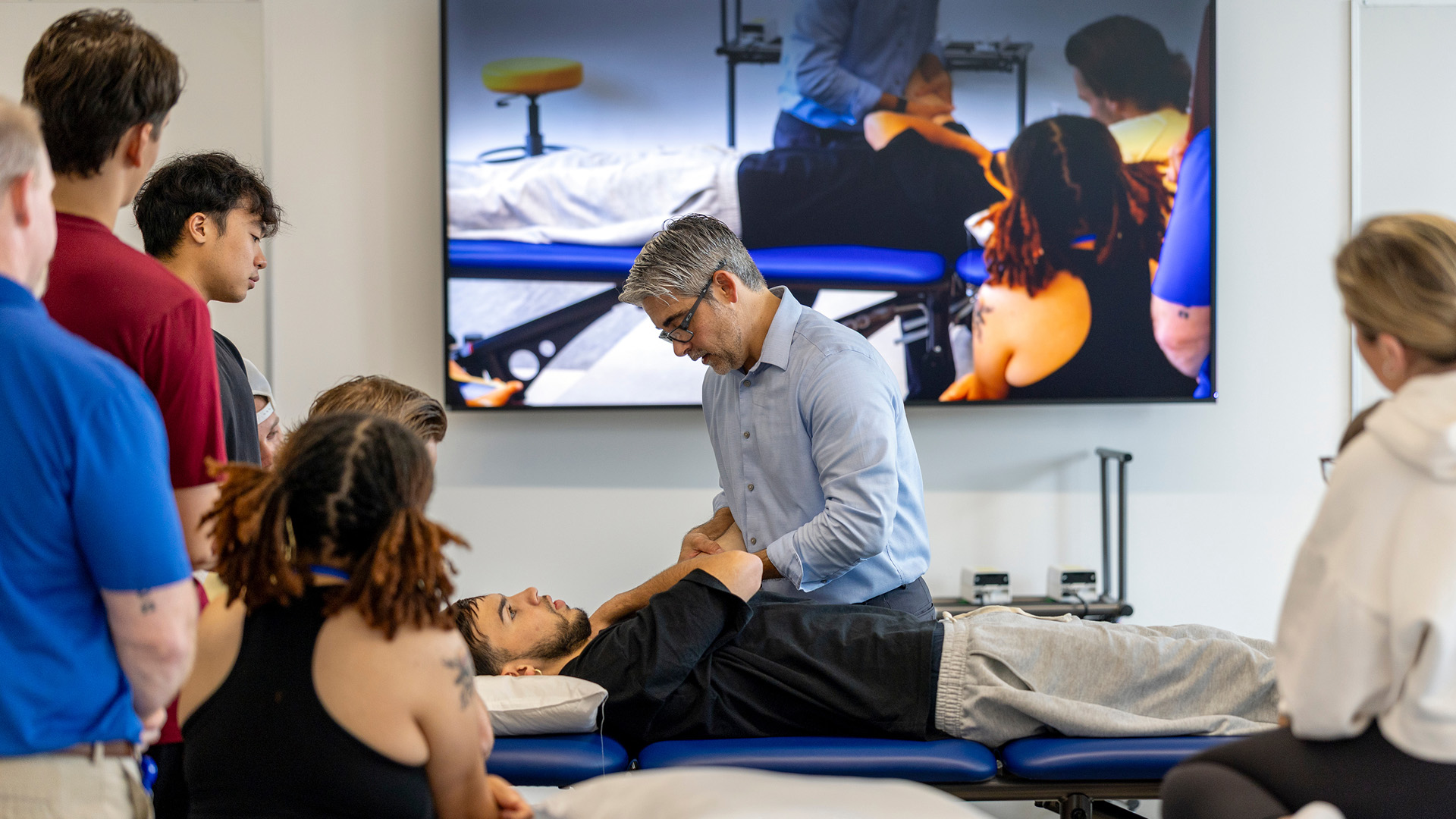Making Patient-Centered, Holistic Care a Priority

So, you want to improve your health. What should you do? Eat well? Hit the gym several times a week? Maybe go vegan?
Sure, taking care of yourself by making smart decisions plays a role in your health. But the choices available to you — joining that gym or eating more healthful foods — are a result of larger factors such as where you live and how much money you make.
And taking these social determinants of health into account for each patient is crucial for delivering humanistic healthcare.
“If my patient needs to lose weight but is working two jobs and struggling to make ends meet, I can’t simply say ‘join a gym,’” says George S. Bottomley, DVM, PA-C, dean of the College of Health & Wellness. “It’s my responsibility to take the time to listen to each patient to be able to treat the patient holistically.”

"If my patient needs to lose weight but is working two jobs and struggling to make ends meet, I can’t simply say ‘join a gym.’"
That patient-centered, humanistic approach to health is key to the College of Health and Wellness. It’s why faculty emphasizes the holistic, 360-degree appreciation of patient care. Todd Seyfarth, MS, RD, CSSD, program director for the Dietetics and Applied Nutrition program, teaches more than the biochemistry of nutrition. He and his colleagues also teach about access to food, cultural differences in food choices — those social determinants of health.
“In fact, the importance of food choice and preparation is so important that allstudents in Health Science and the Physician Assistant Studies program take ‘Cooking for Health and Wellness,’” says Dr. Bottomley.
According to Dr. Bottomley, only about 20% of a person’s health is due to their individual genetics, biochemistry and physiology. “The other 80% or so is a function of the social determinants of health, the conditions in which people are born, grow, live, work and age,” he says. These social and economic factors are key to what we have to choose from.
For example, if you live in an area that’s considered a “food desert” — where you don’t have much access to fresh fruit, vegetables and affordable, healthful whole foods — you’re more likely to suffer from type 2 diabetes, obesity and cardiovascular disease. But if you live in a community with easy access to healthful food, with recreational areas for walking, you’ll probably be in better health.
Along with food availability, health care providers must also be aware of the patient's physical environment, income and social status, among other factors. To prepare for collaborating on projects to improve individual and community outcomes, Health Science students take Determinants of Health I and II.
“Students will learn how to evaluate and develop interventions that target those determinants of health,” says Cara Sammartino, PhD, chair of the Health Science department. “Understanding the underlying cause of disease from a population health perspective creates a more well-rounded, humanistic healthcare practitioner.”



